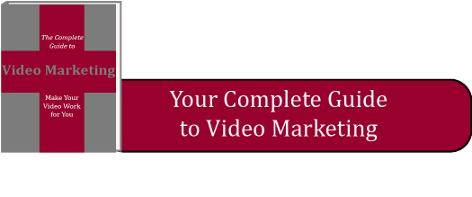Your homepage gets the most visits. Obvious right? But do you know the page most people visit second to your home page? That’s right; it is your “About page.” It doesn’t matter if you have an industrial website or financial services, or construction.
Your “About” page is important.
So why are people always screwing up their “About page”? I think the name throws people off. People hear “about page” and believe it is supposed to be about your company. It is not.
Nope, Nobody cares about your company. Really. Want to know why?
People visit your website because they care about what you can do for them.

Most industrial companies squander the opportunity to relate to how they can solve a problem. Instead, they tell people about how Granddaddy Randolph founded this company in 19-dixety-six. He traded the onion tied to his belt for the hammer he used to, whatever, whatever.
And don’t get me wrong, people love compelling stories. However, you need to tie the story to the problem you solve.
So how do you craft our about page to be more about your visitors? You focus on your visitors.
First Step: If you haven’t already crafted a few buyer personas now would be a good time to do that. You want to know who your buyers are so you can tailor a message that appeals to them.
This is important because you talk differently to a 25-year-old coordinator than a 40-year-old project manager. Your coordinator and PM have a much different viewpoint and problems that they want to solve. Let’s use them as examples.
But you say “we have a lot of different personas.” Great most companies do, So how can you talk to all of them at once? First focus on your most likely to buy companies.
Then narrow that down to a few personas.
We have with our coordinator, PM and let’s say there is also a senior manager.
So who is visiting your website first? Probably someone doing research. So the intro of your about page is where we start talking to your “researchers.” In the above example that would be your coordinator.
Your researchers are most likely going to be more junior so write accordingly. What problem do they have? What is going to get you to the next round?
Second Step: On another part of your about page, may be called “Success.” Talk about a successful project that you completed for a customer, then link to a more detailed page somewhere else on the site.
You can do that from a short excerpt of a case study or a video. The key is to make it relatable to other companies that face the same issue.
This is going to more geared to your PM. Feel free to write about it a little more detailed than the intro.
You could also use a testimonial from a customer. What you accomplished and mention some concrete results.
Remember when you talk about your product or solution talk it about it from a benefit side. Don’t talk about what your product does, but the problems that it solves.
Third Step: Ok, so you know our buyers. You have introduced how you can help them by providing a concrete example of where you helped similar clients. What are their main challenges and goals? What does your senior management want to accomplish?
Now you build the rest of our about page around solving them.
Maybe you call this “Executive Summary.” It is a bulleted list of benefits that you give to your customers and problems you help your clients solve. The list may be broad but remember to incorporate your USP.
Don’t forget to keep it short; it is a summary after all.
Final Step: A call to action. You need a strong call to action to get people into your funnel. I would prefer to use a case study or something educational as opposed to a “Contact Us.”
If they want to reach out directly to you, there is always that option in the menu, but for now, they are still getting to know you so don’t move too fast and scare them off. Picture it like trying to get a stray puppy to trust you. No sudden movements!
In October we are going to launch a self-paced, class web design class. Not only will it teach you how to build a self-hosted modern website like this…. , it will also teach you the marketing you need to do in the background to make a website that your customers and prospects love
100% from scratch!
And the best part is it requires 0% technical knowledge. If you can set up an account on Facebook you can create a great website with no ongoing monthly cost from a website builder, program or developer, because you are the developer.





